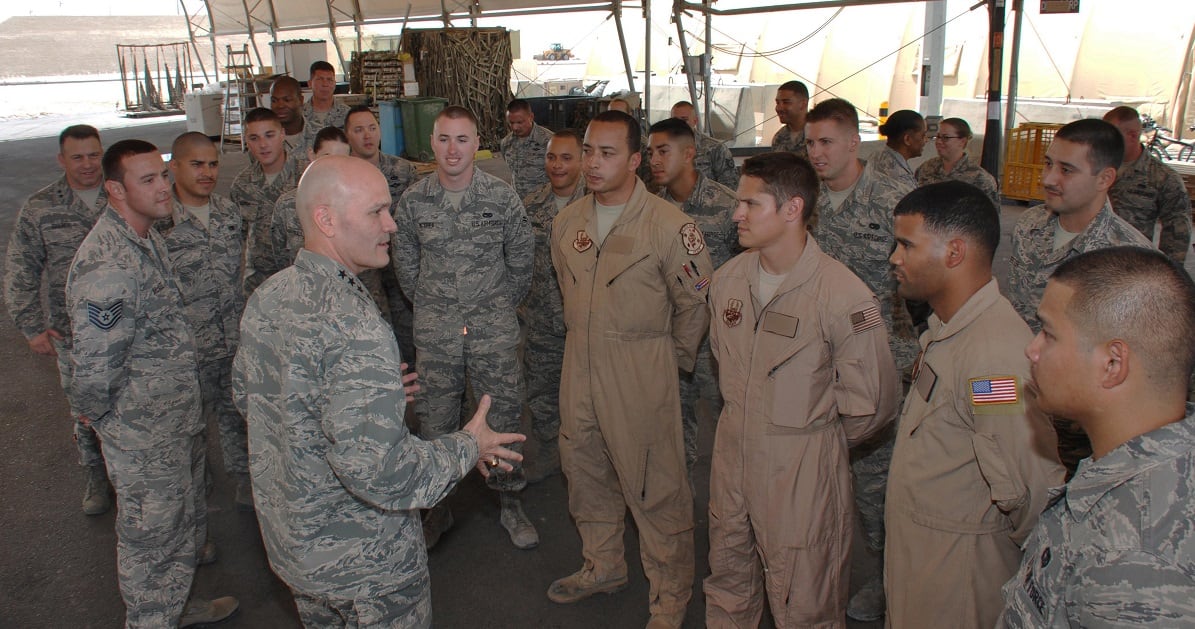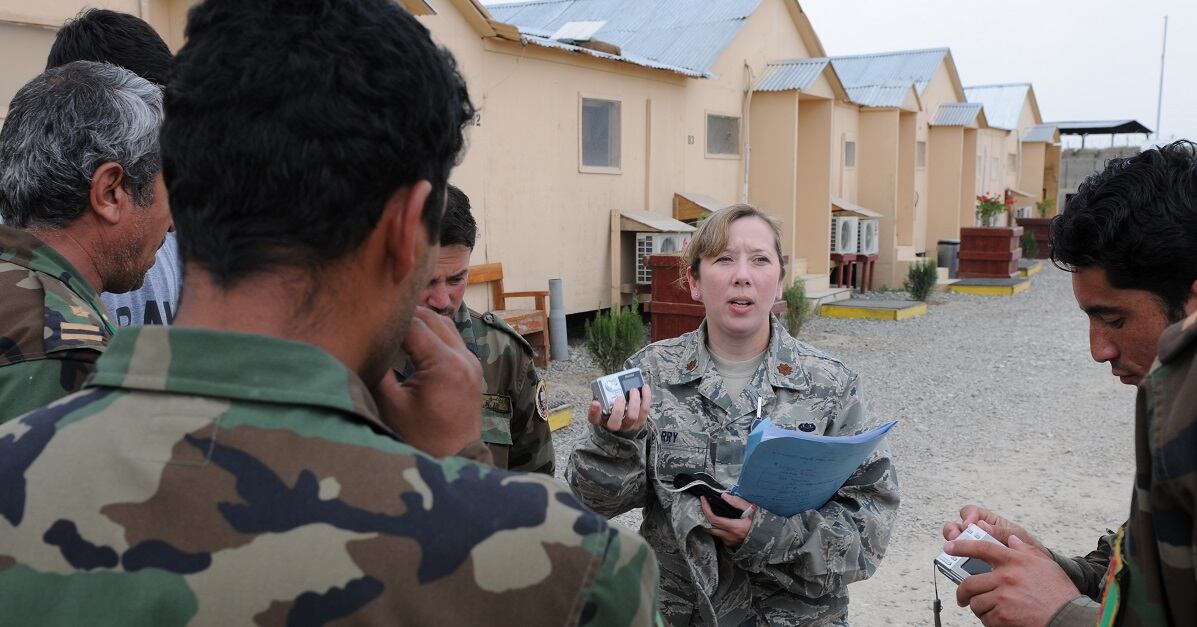As the commander of Air Mobility Command, focusing on helping people achieve their potential and innovate toward a better future was one of my top priorities. It is critically important that we, as leaders, foster an environment of discovery and learning, encouraging airmen to dream big, and truly listen to their voices as we pursue solutions to the challenges of today and in the future.
Dreaming big is possible because of our talented AMC team and what they deliver. Championing the mobility enterprise’s needs and addressing concerns in traditional and nontraditional ways, while helping others believe beyond today’s possibilities, is a must. People should feel empowered to bring forward ideas and concerns. After all, it is critically important to think of emergent warfighting requirements before they are upon us.
Our airmen enable lethality, deliver hope and relief, and always project strength. The Mobility Air Forces are football's equivalent of the offensive line; foundational to every play, but not necessarily drawing the headlines.
AMC's 'Core 4' missions — aerial refueling, airlift, aeromedical evacuation and mobility support — underpin our nation's military strength. Our airmen are always ready to answer the call.
Last year, the mobility enterprise led the response for four hurricanes, launching 1,600 sorties, moving 16,260 passengers and delivering more than 48 million pounds of aid to 13 million people while simultaneously supporting worldwide commitments. During my tenure as AMC commander, our airmen opened key airfields in Iraq and Syria and delivered more than 1 million pounds of munitions, delivering the lethality against ISIS it deserves.

Sustaining these effects requires a continuous focus on enhancing conditions for our airmen and their families. By removing obstacles and addressing today's challenges, we unleash tomorrow's potential. At AMC, we’re tackling issues such as the need for enhanced education for military families and helping legislators understand not only the importance but the need for professional license reciprocity. The goal was straight-forward: give airmen and their families what they need and deserve, while positioning the mobility air forces to best support joint and coalition forces.
We envisioned lasers on tankers and we were serious about getting this capability for our airmen. The testing of defensive lasers on high-value airborne assets will occur and has already been funded.
RELATED

You’ve heard me say, I want a cloaking device. I said this because we need to reduce the electronic signature of tanker aircraft. Talented airmen and industry are already hard at work figuring out ways to reduce the radar signature on our big-bodied tankers. Now we’re turning to mobility forces’ impact and influence in the space domain. If science and innovation can deliver critical supplies to those in need quicker, we are here to do our part to support.
We introduced an aviator technical track program, affording pilots an opportunity to focus on flying with extended time on station. Experimentation leads to lessons learned. Airman feedback is already resulting in improvement.
In AMC, we want everyone to understand the pilot shortage from a mobility perspective. When you consider the competition for our talented pilots, they are at the top of commercial industry's desire-to-hire list. We must create and sustain conditions for service to be attractive to airmen and families long-term. We have to continue to innovate.
We now have innovation teams across Air Mobility Command, in programs such as Phoenix Spark, to enable rapid innovation at the unit level while removing bureaucracy and other barriers to change. Complex global challenges require diversity of thought, and our airmen are finding ways to partner with industry and defense to make mission improvements in areas such as predictive maintenance and the survivability of the fleet.
We have to move the bricks of bureaucracy that can surround decision-makers and relentlessly look for ways to become more agile in our responses to the world. I challenge and sincerely hope the entire mobility enterprise will continue to dream big because our innovative airmen will always deliver. Our future depends on it.
After 35 years of service, Gen. Carlton D. Everhart II is scheduled to retire from the Air Force. The Air Mobility Command change of command is Sept. 7. The opinions expressed here do not necessarily represent the views of Military Times or its staff.





